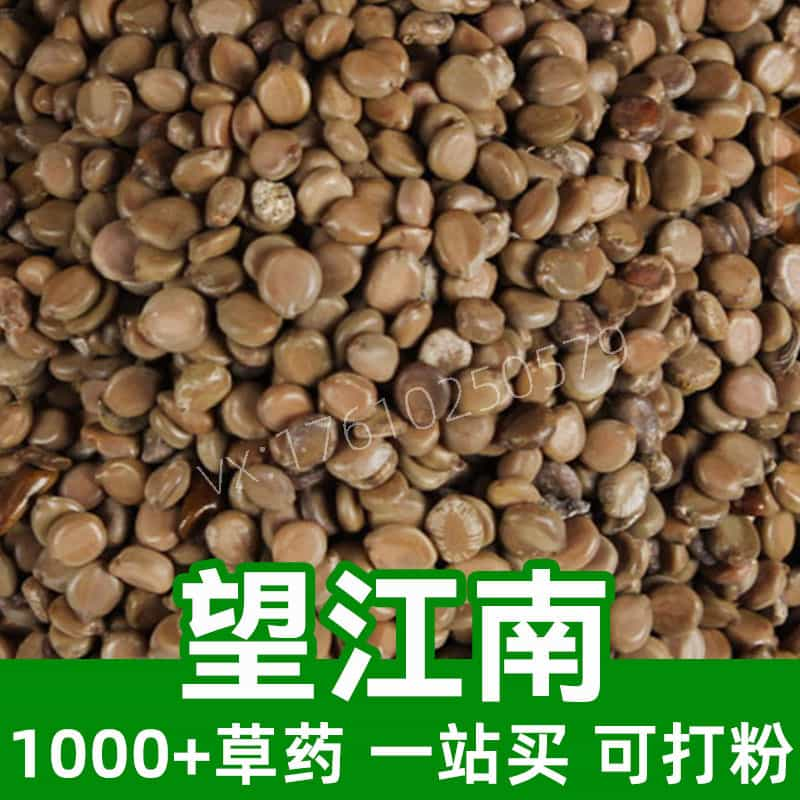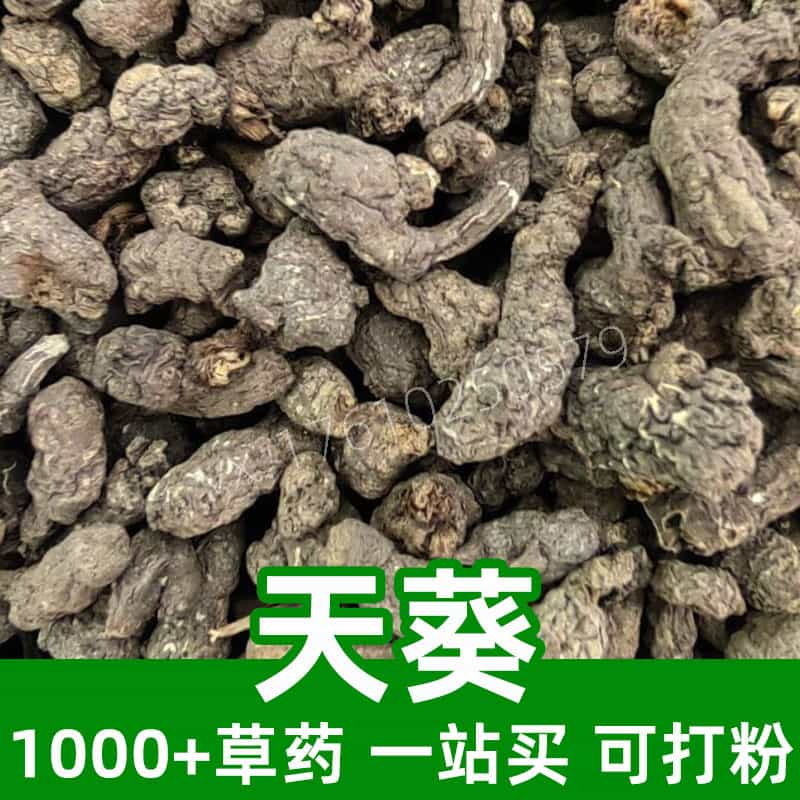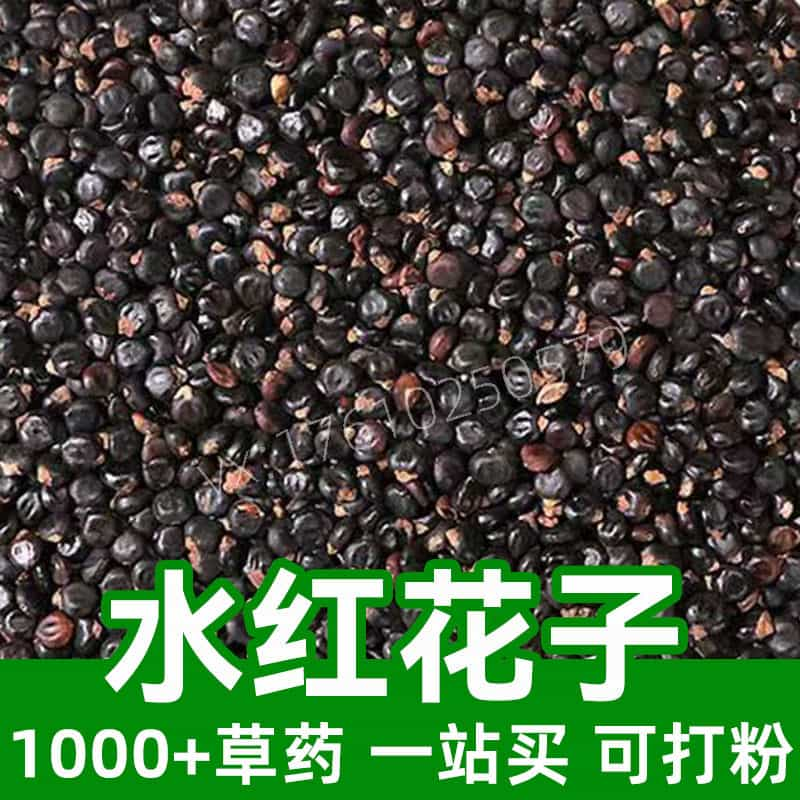Product Introduction
Centipede, known as Wu Guo in traditional Chinese medicine (TCM), is an intriguing herbal ingredient historically recognized for its unique contributions to health. This arthropod is harvested primarily in China, thriving in humid environments, making its sourcing a specialized process. Traditionally, centipede has been employed for its believed ability to support the body's vitality and enhance overall energy levels.
The primary components of centipede include proteins and chitin, which together form a fascinating matrix of bioactive compounds. These constituents are thought to interact with the body's internal systems in meaningful ways, although they are often consumed in powdered form and combined with other herbs to enhance efficacy. Centipede is typically used in TCM for a variety of applications, especially in formulations aimed at promoting health and supporting the body's functions across the Meridians it is associated with.
More than just a curiosity of the natural world, the cultivation and preparation of centipede speak to the deep-rooted traditions of Chinese herbalism, which values balance, harmony, and the careful study of nature's offerings. As a versatile ingredient, centipede continues to play a noteworthy role in various herbal remedies and formulations within the practice of TCM.
Main Active Ingredients
The primary active ingredients found in centipede predominantly consist of proteins and chitin, which have gained attention for their potential benefits in traditional herbal practices. Proteins, being the building blocks of life, are essential for various physiological functions. Within the context of centipede, these proteins can be involved in cell regeneration and have been noted to be rich in amino acids which might support metabolic processes.
Chitin, on the other hand, is a polysaccharide that contributes to the rigid structure of centipedes and is known for various biological activities. When processed, chitin can break down into chitosan, a substance that has been explored for its dietary fiber benefits and its ability to influence fat metabolism, although its application is more common in modern industry rather than traditional medicine.
Beyond these two major ingredients, centipede may also contain other minor yet significant components, such as essential fatty acids, vitamins, and minerals. The complexity of its composition contributes to its perceived efficacy in TCM formulations, where multiple compounds work synergistically to support health and vitality.
Additionally, in contemporary research, some studies have begun to investigate the pharmacological activities of centipede and its extracts, further enlightening the herbal community about its potential functional benefits. However, while historical usage in TCM highlights its importance, it is essential to approach any claims with caution and a deep understanding of its traditional applications.
Product Application Scenarios, Usage, and Dosage
Centipede is predominantly integrated into traditional Chinese medicine formulas, used primarily in powdered form which can be combined with other medicinal herbs. The traditional dosage of centipede varies greatly depending on the specific formula and the desired outcome, but it is typically suggested in quantities ranging from 3 to 10 grams per day.
In herbal preparations, centipede is often combined with complementary herbs such as Rehmannia root or Peony to enhance its effects and ensure a balanced approach to therapy. One common application in TCM involves using centipede for its purported benefits in promoting vitality and supporting overall health, particularly in those experiencing fatigue or energy depletion.
It is important to note that the preparation and dosage of centipede must be tailored to individual needs, often determined through consultations with experienced practitioners of TCM. Custom formulations are believed to be more effective, as they take into account a person's specific constitution and health goals.
In addition to traditional uses, centipede can also be found in topical applications, such as ointments and balms. It is reputed in some cultures for its potential to relieve muscle discomfort when applied externally. However, care must be taken to ensure that such topical applications are prepared under hygienic conditions and are suitable for the skin.
Overall, while centipede holds esteemed status in TCM, education and understanding of its characteristics, dosage, and combinations are crucial for its effective and safe use.
Introduction to the Source Plant, Distribution, and Growth Environment
The centipede, a member of the class Chilopoda, is not a plant but an arthropod that exists in various species, all commonly identified by their elongated bodies and numerous legs. These fascinating creatures are primarily found in temperate and tropical regions across the world. However, in the context of traditional Chinese medicine, the species most commonly utilized is the Chinese centipede (Scolopendra subspinipes).
Centipedes thrive in moist environments, frequently residing in leaf litter, soil, and burrows where they can easily access prey. They prefer habitats that provide a degree of humidity and protection against extreme temperature changes. This natural preference for damp, sheltered environments emphasizes the importance of sourcing centipede from regions that are reflective of their native habitat.
In China, centipede is harvested from specific locations known for their rich biodiversity and suitable environmental conditions. The collection of these insects often involves skilled foragers who are knowledgeable about the habitats and identities of the various centipede species. Harvesting typically takes place during specific seasons to ensure the preservation of their populations and to align with traditional practices.
While the collection of centipedes is integral to their use in TCM, sustainable and ethical harvesting practices are essential to maintain ecological balance and protect against over-exploitation. In recent years, there has been a growing awareness of the importance of sustainability in sourcing traditional herbs and insects for use in herbal preparations.
Through focused cultivation, sustainable practices, and careful monitoring of their habitats, the continued availability of centipede can be secured, ensuring that future generations maintain access to this traditional herbal material.
Harvesting, Processing, and Storage
The harvesting of centipede involves a meticulous process that is foundational to ensuring the quality and efficacy of the final product. Typically collected in the wild, traditional methods are employed to ensure minimal disturbance to their natural habitats and populations. Skilled gatherers often search for mature specimens during the appropriate seasons when they are most abundant.
Once harvested, centipedes undergo a careful cleaning process to remove soil and debris that may cling to their bodies. This step is essential as it not only ensures a clean product but also maintains the quality of the active compounds present in the centipedes. After cleaning, they are commonly subject to a drying process, which is crucial for enhancing their shelf-life and preserving their bioactive properties. This can be achieved through sun drying or controlled mechanical drying at low temperatures to prevent degradation.
Post-drying, centipedes can be ground into a fine powder, which is the form typically utilized in traditional medicine. This powdered form allows for easy integration into herbal formulations, promoting more uniform dosing and ensuring that the beneficial compounds are effectively delivered in herbal treatments.
Storage is Critical to preserving centipede’s efficacy and ensuring its long-term use. The ground powder should be stored in airtight containers and kept in a cool, dry environment to prevent moisture absorption, which can lead to the growth of mold or degradation of active components. Proper labeling with the harvest date, usage, and any other important information is also vital for maintaining product integrity.
Through these harvesting, processing, and storage practices, practitioners of traditional Chinese medicine maintain the quality and effectiveness of centipede, highlighting the importance of age-old methods in modern herbal applications.
Monica Sun is a seasoned expert in the natural raw materials industry, with over a decade of experience specializing in traditional Chinese medicinal herbs, spices, and fungi. She is skilled in the sourcing, processing, and application of these materials, emphasizing sustainability and innovation. Monica Sun has contributed to the development of high-quality natural raw materials that serve as essential components in functional foods, pharmaceuticals, and cosmetics, delivering tailored solutions to meet diverse market needs.













